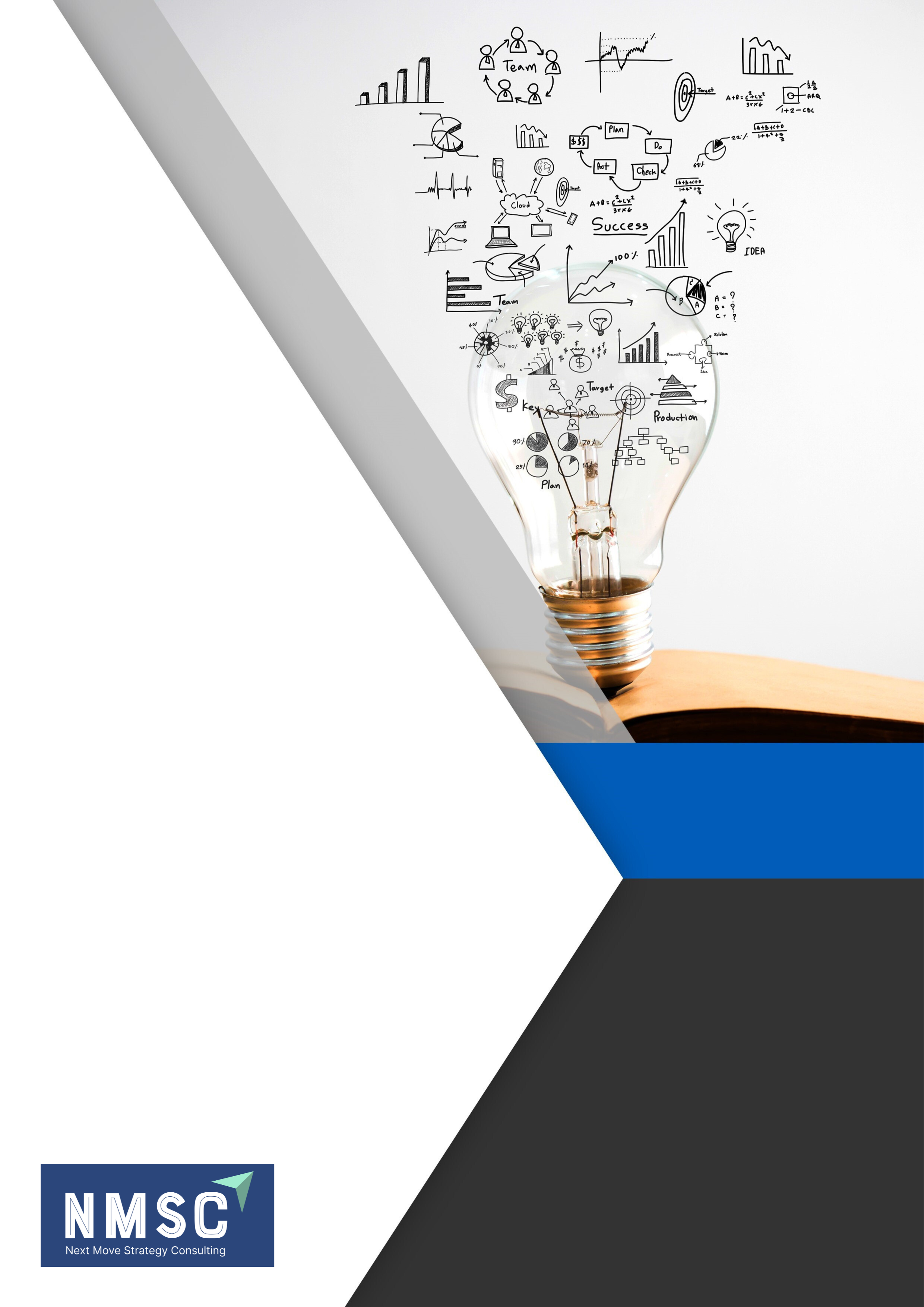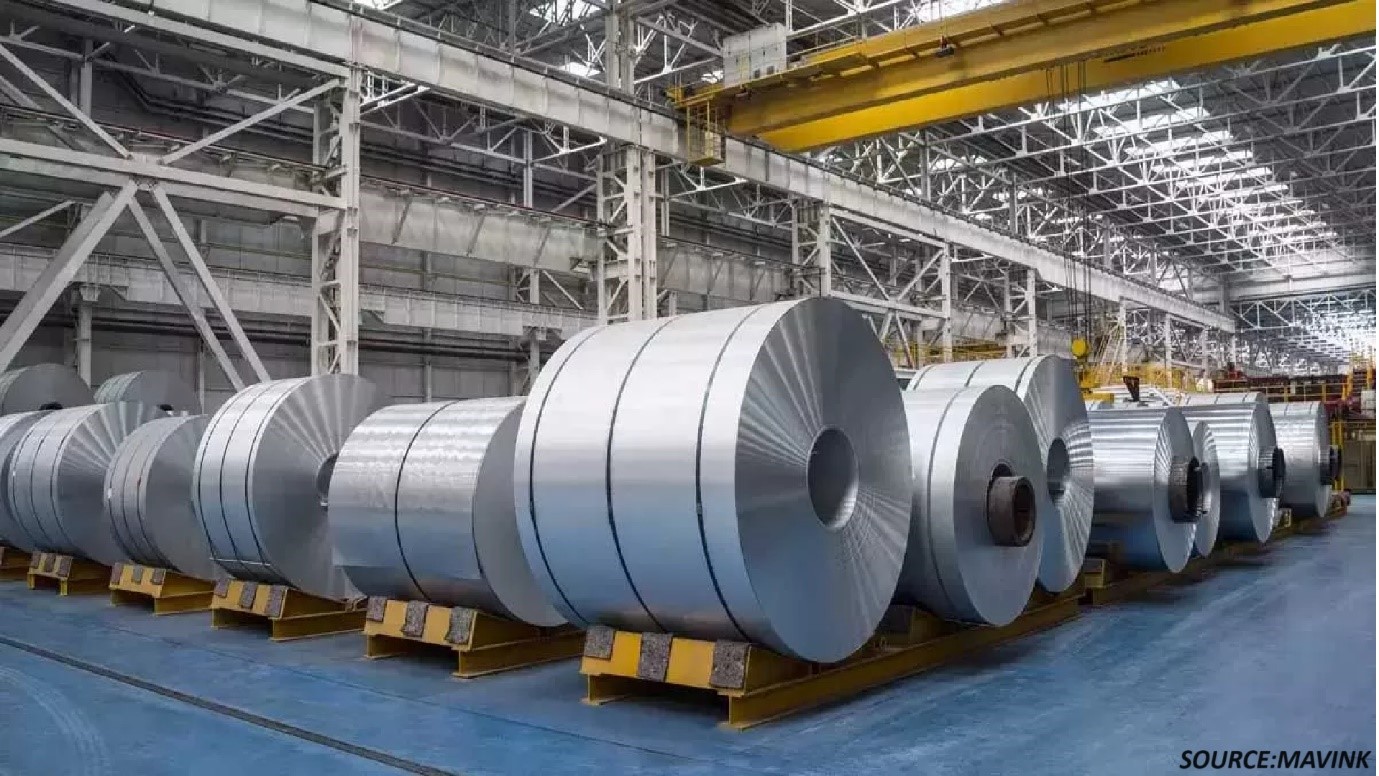
Aluminium Market by Product Type (Flat-Rolled, Casting, Extrusions, Forgings, Powder & Paste, and Other Types), by Type (Primary and Secondary), and by End-User Industry (Transport, Consumer Goods, Machinery & Equipment, Construction, Foil & Packaging, Electrical Engineering, and Others) – Global Opportunity Analysis and Industry Forecast, 2024–2030
Industry: Materials and Chemical | Publish Date: 29-Feb-2024 | No of Pages: 378 | No. of Tables: 262 | No. of Figures: 207 | Format: PDF | Report Code : N/A
Market Overview
The global Aluminium Market size was valued at USD 202.04 billion in 2023 and is predicted to reach USD 302.04 billion by 2030, with a CAGR of 5.2% from 2024 to 2030. Aluminium is a lightweight and silvery-white metal that belongs to the group of chemical elements called post-transition metals. This metal is a group of chemical elements with properties similar to metals, but are less reactive and have lower melting and boiling points than transition metals.
Aluminium’s remarkable properties make it highly versatile and widely used across various industries, such as aerospace, automotive, construction, packaging, and electronics. One of the critical characteristics of aluminium is its low density, which makes it lightweight compared to other metals, such as steel or copper.
The lightweight nature of aluminium allows the production of lightweight and efficient products. This property is particularly advantageous in industries, including aerospace, automotive, and transportation, in which reducing weight can improve fuel efficiency, increase payload capacity, and enhance overall performance. Despite its lightweight nature, aluminium possesses remarkable strength and durability, making it well-suited for various applications, including building facades and electrical wiring.
One of the key advantages of aluminium is its high corrosion resistance, attributed to the formation of a thin oxide layer on its surface. This natural oxide layer acts as a protective barrier, shielding the metal from various environmental factors. It is important to note that this oxide layer remains intact even when aluminium is used in various commodities, ensuring sustained corrosion protection and enhancing the longevity of aluminium-based products.
The Increasing Adoption of Aluminium in the Automotive Industry Boosts the Market Growth
As automakers strive to improve fuel efficiency and reduce vehicle weight, they increasingly adopt aluminium as a lightweight alternative to traditional materials. This factor, in turn, significantly boosts the aluminium market growth.
According to the U.S. Aluminum Association, the amount of aluminium used per vehicle is steadily increasing and it is expected to see a net gain of 56 pounds per vehicle between 2020 and 2025, with aluminium growing by almost 100 net PPV (Purchase Price Variance) between 2020 and 2030, reaching 550 PPV.
Aluminium offers a high strength-to-weight ratio, making it an ideal choice for components, such as body panels, chassis, and engine parts. Automakers can significantly reduce weight by utilizing aluminium to improve fuel economy and reduce emissions.
Additionally, aluminium’s corrosion resistance properties contribute to the longevity and durability of automotive components. The increasing demand for aluminium from the automotive industry presents a substantial growth opportunity for the aluminium market. This demand drives the production and consumption of metal in the manufacturing of automobiles.
The Rising Adoption of Aluminium in the Electronics Industry Propels the Market Growth
The increasing global population and rapid urbanization have spurred the need for infrastructure development, including residential and commercial buildings, transportation systems, and public facilities.
Aluminium has emerged as a preferred material in construction due to its lightweight nature, durability, and corrosion resistance. It is extensively used in building facades, windows, doors, roofing systems, and structural components, enabling efficient and aesthetically pleasing modern designs.
With excellent strength-to-weight ratio and thermal conductivity properties, aluminium reduces structural weight, enhances energy efficiency, and ensures infrastructure longevity. The demand for infrastructure fuels the aluminium market along with the industry's focus on sustainability and recycling.
By incorporating aluminium, the construction sector reduces environmental impact and aligns with circular economy principles. These circular economy principles emphasize minimizing waste, maximizing resource efficiency, and promoting the reuse, recycling, and repurposing of materials.
Environmental and Regulatory Constraints Restrain The Market Growth
The aluminium industry is affected by environmental regulations and sustainability requirements, such as emissions control, waste management, and energy efficiency targets. These factors can increase operational costs and pose challenges for some producers. Compliance with stringent emissions standards, waste management regulations, and energy consumption targets can require significant investments and efforts to reduce the environmental impact of aluminium production.
These sustainability measures aim to minimize emissions, promote responsible waste management, and encourage energy efficiency. While these regulations are important to promote a greener and more sustainable industry, they can add to the overall costs and complexities of aluminium production.
The Growing Adoption of Sustainable Packaging Creates Opportunities for the Market
The increasing emphasis on sustainable packaging is expected to create ample growth opportunities for the market in the future. Aluminium is well-suited for packaging applications in cans, bottles, and foils. It enables recyclability and provides the ability to maintain product quality and freshness.
Eco-conscious consumers and brands seeking to minimize their environmental impact prefer aluminium for packaging. By opting for aluminium packaging, they reduce waste and promote sustainability, aligning with their commitment to a greener future. This growing demand for sustainable packaging solutions drives the growth of the aluminium market.
Asia-Pacific Dominates the Aluminium Market
The expanding automotive sector in countries such as China and Japan is a major factor driving the aluminium market. Aluminium's lightweight properties make it ideal for vehicle manufacturing, resulting in the increased demand for car bodies, engine components, and structural parts.
According to the International Trade Administration, China’s domestic automotive production will reach 35 million vehicles by 2025. Based on data from the Ministry of Industry and Information Technology, over 26 million vehicles were sold in 2021, including 21.48 million passenger vehicles, an increase of 7.1% from 2020.
In addition, the region’s growing advanced electronics industry, producing a wide range of electronic devices and appliances, is further boosting the growth of the market. In 2022, the production value of the Japanese electronics industry grew by 0.2 per cent compared to the previous year.
As a result, the production value amounted to almost USD 83,411 million. Aluminium plays a crucial role in the manufacturing of electronic products, due to its excellent thermal conductivity, electrical conductivity, and lightweight properties. It is used in various electronic applications, including casings, heat sinks, connectors, and circuit boards.
North America is Expected to Show Steady Growth in the Aluminium Market
The growing demand for aluminium from industries, such as automotive, aerospace, construction, and packaging, is driving the market growth in the U.S. The need for aluminium-intensive products and applications, such as vehicles, aircraft, infrastructure projects, and consumer goods, leads to significant aluminium imports to meet domestic demands.
According to the International Trade Administration, the U.S. imported around 66 million metric tons of aluminium in 2022, the highest of any country in the region. Moreover, Canada, as one of the largest smelter-producing countries, significantly impacts the regional aluminium market due to its abundant natural resources, particularly vast reserves of bauxite.
According to the U.S. Geological Survey, Canada is the region's top producer of smelter, with a production of approximately 3 million metric tons in 2022, the highest among all countries in the region. The country’s ample hydroelectric power strengthens its position in the market, providing cost-effective energy for aluminium smelting and this reliable source of raw material enables steady aluminium production and boosts the growth of the aluminium market in the country.
Competitive Landscape
Several market players operating in the aluminium industry include Rio Tinto, China Hongqiao Group Limited, Aluminum Corporation of China Limited (CHALCO), United Company RUSAL PLC, Norsk Hydro ASA, Emirates Global Aluminium PJSC, Alcoa Corporation, East Hope Group Company Limited, Vedanta Aluminium & Power, Xinfa Group Co., Ltd., Hindalco Industries Ltd., South32, Century Aluminum Company, Ma’aden, Arconic, Inc., and others. These market players are adopting business expansion and partnership strategies across various regions to maintain their dominance in the aluminium market.
For instance, in June 2023, Hydro signed a contract to purchase land in Spain to build an aluminium recycling plant. This investment reflects Hydro's dedication to sustainability and the circular economy within the aluminium sector. Establishing the recycling facility will enhance Hydro's ability to recycle and repurpose aluminium, contributing to reduced environmental impact. This, in turn, drives the growth of the aluminium recycling market.
Moreover, in May 2023, Alcoa, a leading global aluminium producer, signed a significant long-term alumina supply agreement with Emirates Global Aluminium (EGA). The agreement strengthens the partnership between the two companies and ensures a stable supply of alumina, a key raw material for aluminium production. This collaboration in the alumina supply chain supports the growth and sustainability of the aluminium industry.
Aluminum Market Key Segments
By Product Type
-
Flat-Rolled
-
Casting
-
Extrusions
-
Forgings
-
Powder & Paste
-
Other Types
By Type
-
Primary
-
Secondary
By End-User Industry
-
Transport
-
Consumer Goods
-
Machinery & Equipment
-
Construction
-
Foil & Packaging
-
Electrical Engineering
-
Others
By Region
-
North America
-
The U.S.
-
Canada
-
Mexico
-
-
Europe
-
The U.K.
-
Germany
-
France
-
Italy
-
Spain
-
Denmark
-
Netherlands
-
Finland
-
Sweden
-
Norway
-
Russia
-
Rest of Europe
-
-
Asia-Pacific
-
China
-
Japan
-
India
-
South Korea
-
Australia
-
Indonesia
-
Vietnam
-
Taiwan
-
Thailand
-
Rest of Asia-Pacific
-
-
Rest of the World (RoW)
-
Latin America
-
Middle East
-
Africa
-
REPORT SCOPE AND SEGMENTATION:
|
Parameters |
Details |
|
Market Size in 2023 |
USD 202.04 Billion |
|
Revenue Forecast in 2030 |
USD 302.04 Billion |
|
Growth Rate |
CAGR of 5.2% from 2024 to 2030 |
|
Analysis Period |
2023–2030 |
|
Base Year Considered |
2023 |
|
Forecast Period |
2024–2030 |
|
Market Size Estimation |
Billion (USD) |
|
Growth Factors |
|
|
Countries Covered |
28 |
|
Companies Profiled |
15 |
|
Market Share |
Available for 15 companies |
|
Customization Scope |
Free customization (equivalent up to 80 working hours of analysts) after purchase. Addition or alteration to country, regional, and segment scope. |
|
Pricing and Purchase Options |
Avail customized purchase options to meet your exact research needs. |
KEY PLAYERS
-
Rio Tinto
-
China Hongqiao Group Limited
-
Aluminum Corporation of China Limited (CHALCO)
-
United Company RUSAL PLC
-
Norsk Hydro ASA
-
Emirates Global Aluminium PJSC
-
Alcoa Corporation
-
East Hope Group Company Limited
-
Vedanta Aluminium & Power
-
Xinfa Group Co., Ltd.
-
Hindalco Industries Ltd.
-
South32
-
Century Aluminum Company
-
Ma’aden
-
Arconic, Inc.




 Speak to Our Analyst
Speak to Our Analyst

































